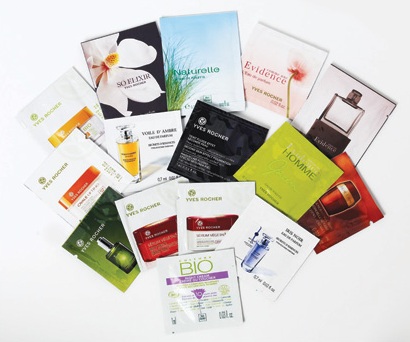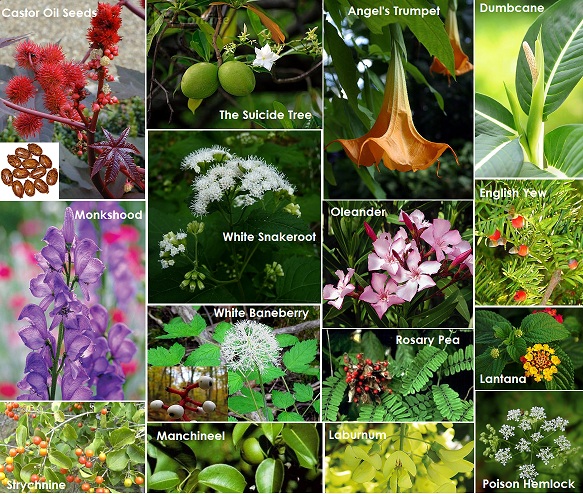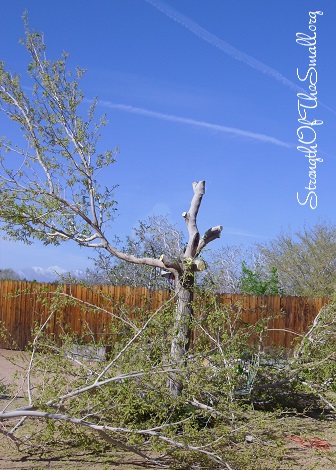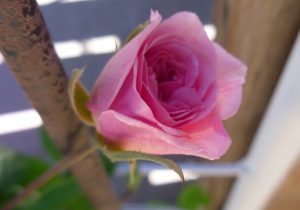Today I received my first beauty sample from Birchbox.
According to the website, Birchbox is the leading discovery commerce platform, redefining the retail process by offering consumers a unique and personalized way to discover, learn about, and shop the best beauty, grooming, and lifestyle products on the market. Birchbox is a $10, monthly paid subscription. You can earn points (by shopping, referring friends, and giving feedback on your samples). Those points are redeemable for saving and purchasing of the full-size versions which are available on their website.
Based on your survey answers during sign up, you will receive every month, products picked specifically for your beauty and grooming needs. You may cancel your monthly recurring subscription at anytime, if you so choose. Inside the gorgeous and well packaged box, they are beautifully wrapped samples and a card with a descriptive list of the products in the box.
My Birchbox included the following samples:
– Juicy Couture signature fragrance
– Mox Botanicals Lip Butter (Pomegranate & Fig)
– Number 4 Clarifying Shampoo
– theBalm® cosmetics Hot Mama (Shadow & Blush All-in-One)
– Tweezerman Filemate
– $50 off a dress rental from RentTheRunway.

YvesRocher.com is another website which offers product Samples. For $3 (plus shipping) you can get a 15-Piece Sampler Collection of their best-seller products.


















